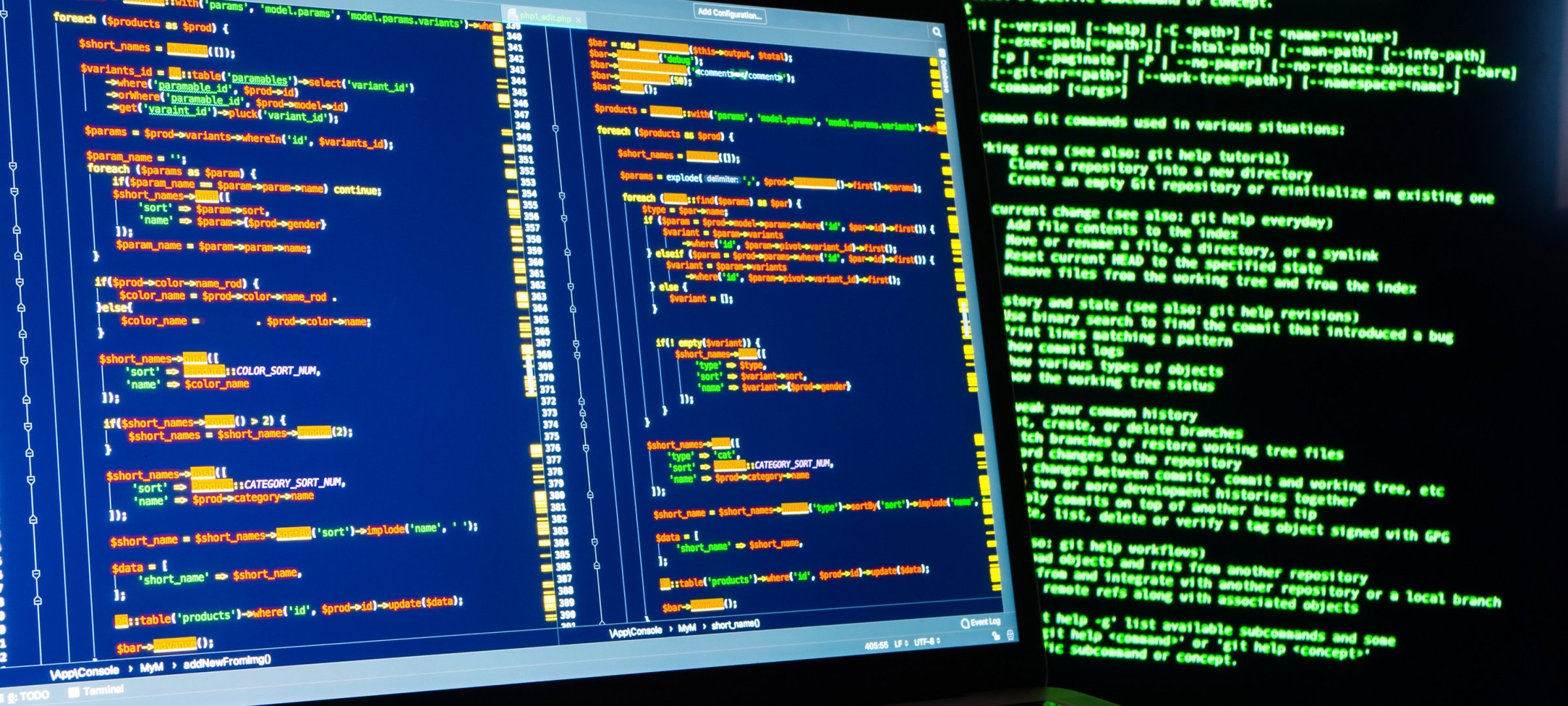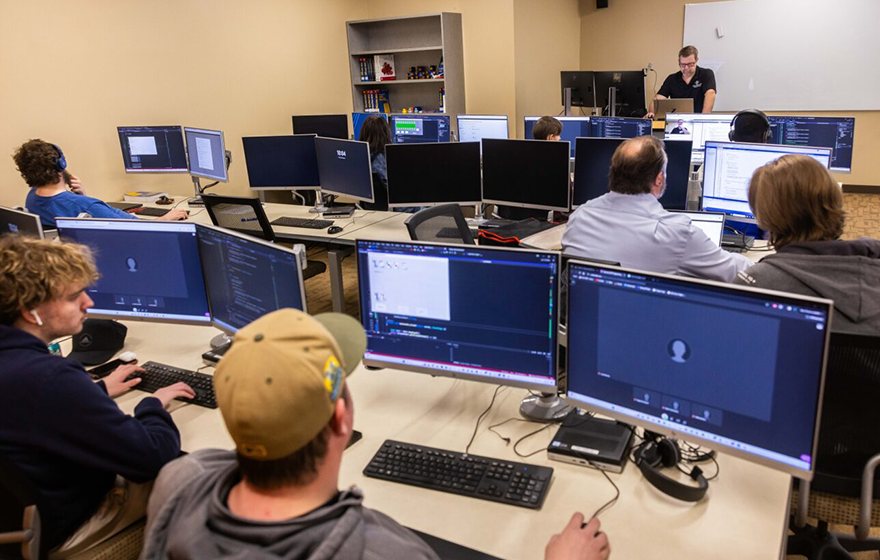Committed Developers vs. In-House Teams: Which Is Right for You?
The decision in between using specialized programmers and keeping an internal group is a substantial one that can affect the trajectory of your tasks and overall service method. Committed developers give a degree of flexibility and customized knowledge that can be useful for specific, temporary campaigns. Alternatively, in-house groups add to a natural company society and a nuanced understanding of long-lasting goals. By analyzing important aspects such as spending plan, job scope, and preferred control, you can better determine which approach straightens with your organizational demands. The ramifications of this option prolong beyond prompt results-- take into consideration the broader influence on your company landscape.
Comprehending Committed Programmers
The growing demand for specialized abilities in the technology industry has actually brought about the appearance of specialized designers as a viable service for several organizations. These experts are typically gotten on a job basis, allowing companies to take advantage of certain expertise without the lasting commitment associated with permanent hires. Dedicated programmers are often embedded within a client's team, providing flexibility and scalability to meet project requirements.
This design allows organizations to access a worldwide talent pool, which is specifically advantageous in a rapidly advancing technological landscape. Devoted programmers can be sourced from numerous geographical areas, making certain that firms can find the ideal capability at competitive prices. They frequently bring a wide range of experience and expertise, having worked on diverse projects across various industries.
Moreover, committed programmers can focus specifically on the jobs handy, enhancing efficiency and effectiveness. They are geared up to incorporate perfectly right into existing workflows, working together closely with internal teams to achieve task purposes. This approach not just reduces the worry of recruitment and training yet also enables companies to remain active, adapting quickly to changing market demands and technical improvements.
Benefits of In-House Teams

Additionally, in-house teams often tend to have a much deeper understanding of the business's objective, values, and goals. This alignment can improve employee interaction and motivation, as team participants really feel more linked to their work and the organization's success. Furthermore, having a dedicated internal team enables far better placement of approaches and goals, as these participants are consistently focused on the firm's concerns.
In-house teams also assist in quicker decision-making processes, as they can respond much more rapidly to obstacles and modifications. The established partnerships and experience with company methods allow for streamlined process and lowered miscommunication. Eventually, the combination of a natural society, positioning with organizational objectives, and reliable interaction makes internal groups a useful asset for numerous organizations, specifically those looking to cultivate lasting development and technology.
Expense Considerations
When examining price published here factors to consider, both internal groups and devoted programmers existing distinct financial effects for organizations. Involving specialized developers generally involves a pay-per-project or per hour price design, which can be cost-efficient for companies with changing task needs. This technique enables adaptability in scaling sources up or down, ensuring that business just pay for the services they require.
In comparison, in-house groups involve fixed costs, including salaries, benefits, and overhead expenses such as office room and tools. While this model offers better control and prompt availability of resources, it may lead to greater long-term expenses, especially if the work does not validate a full time team.
Additionally, business ought to consider the covert expenses connected with employment and training of internal workers, which can even more strain spending plans. Sometimes, the moment and resources spent on taking care of an internal team can diminish the company's core service purposes.

Job Administration and Adaptability
Task administration and adaptability are essential elements that affect the option between devoted programmers and internal teams. Devoted programmers commonly use a high degree of flexibility, allowing organizations to scale resources up or down based upon project needs. This agility can be especially helpful for organizations experiencing fluctuating workloads or those seeking to innovate rapidly. Dedicated groups often have actually established processes for managing projects successfully, leveraging specific techniques like Agile or Scrum, which help with iterative progress and flexibility.

Inevitably, the option in between internal teams and devoted programmers depends upon the desired degree of flexibility and the certain project management demands. Firms have to review their functional dynamics, task complexity, and source schedule to establish which choice lines up look at here now best with their tactical goals.
Making the Right Choice
Choosing the ideal advancement approach-- in-house teams or committed designers-- needs a mindful evaluation of different aspects that line up with a company's tactical objectives. Conversely, in-house teams can offer much better connection and integration with existing employees.
Following, assess your budget plan. Dedicated programmers often present a cost-efficient remedy for short-term jobs, while internal teams may incur greater lasting costs because of salaries, advantages, and overhead expenses. Assess the degree of control and cooperation desired; internal teams typically promote stronger interaction and positioning with business culture.
If instant results are essential, committed developers can be onboarded quickly, whereas building an internal team takes time for employment and training. If continual advancement is crucial, spending in an in-house team might generate much better returns over time.
Final Thought
In verdict, the decision between in-house teams and dedicated designers hinges on project demands and business objectives. Alternatively, internal groups grow a cohesive society and much deeper positioning with long-term objectives.
The choice in between making use of specialized designers and maintaining an in-house group is a substantial one that can influence the trajectory of your projects and total company method.Project management and adaptability are essential aspects that influence the selection between dedicated developers and internal teams. software development staff augmentation.In contrast, in-house groups might stand out in maintaining a constant job management structure due to their knowledge with the company's culture and long-term objectives. Dedicated developers typically provide a cost-effective service for temporary projects, while internal groups might sustain higher lasting expenses due to salaries, advantages, and expenses expenses.In verdict, the decision between devoted designers and internal groups hinges on project requirements and organizational official source goals